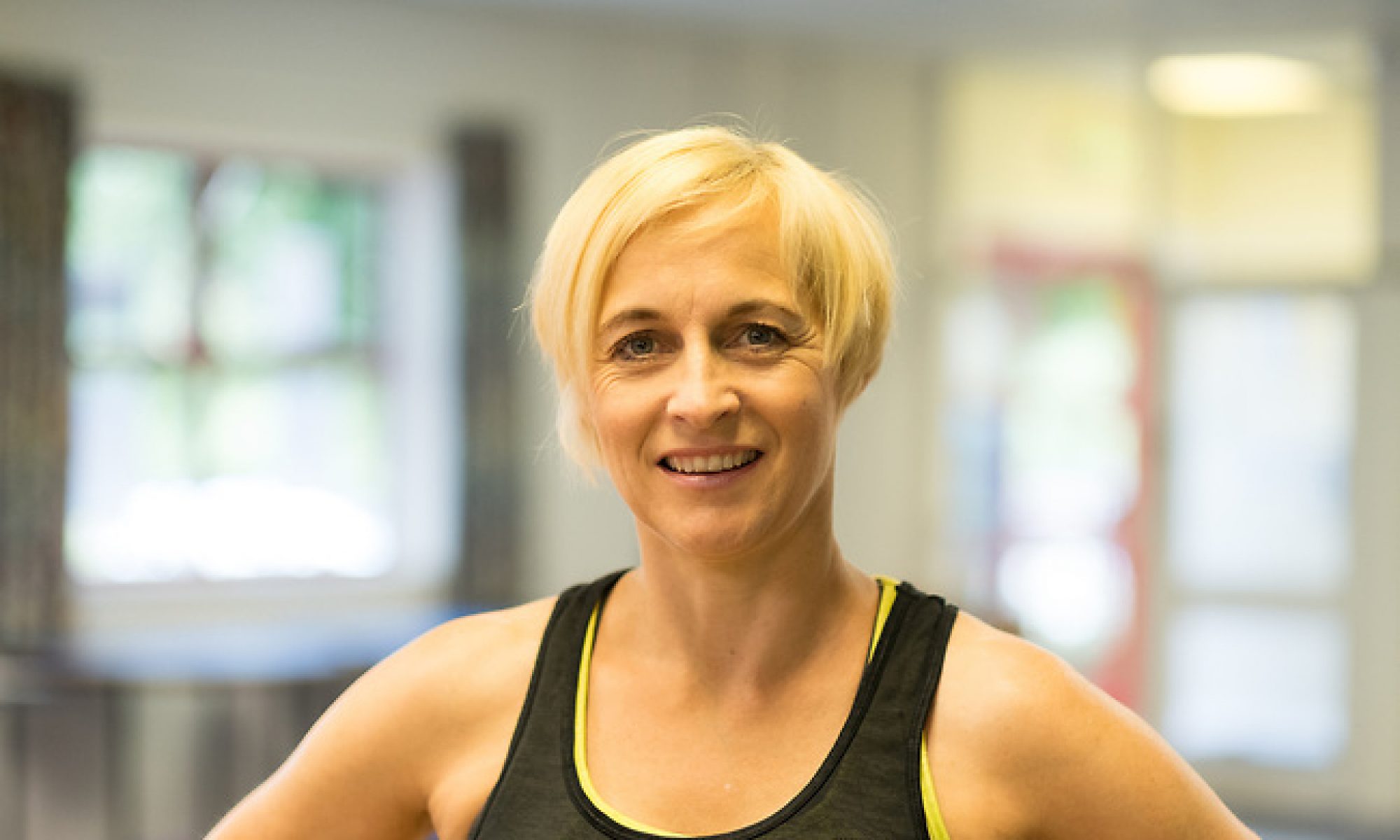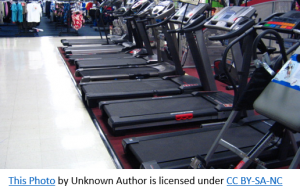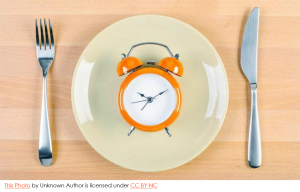Sub Maximal Exercise – Low Intensity Steady State Training
Promoting exercise is important to physical and cognitive health in older population. Tse et al. (2015) reported that low intensity exercise can improve flexibility, balancing and lower limb strength within in this population. Exercising does not appeal to all, Getting hot, sweaty and inducing soreness the next day can cause barriers to exercise (Schutzer and Graves 2004). Older adults find it difficult to meet moderate to vigorous exercise recommendations of 150 mins per week or 30 mins per day (NHS 2016). The combination of volume and intensity for physical activity and health benefits is key to exercise enjoyment and benefit for each person. Phillip B Sparling et al. (2014) researched as to whether a change in sedentary and light activities may lead to an increase in more intense exercise. Highlighting that light exercise may be more realistic as opposed to high intensity vigorous exercise.
What is LISS ?
A form of low intensity cardio exercise at the same pace, or a steady state for a set length of time. Moving along at an easy, light pace. Physiology it is easy to do , straightforward and uncomplicated. Intensity can be measured using the rate of perceived exertion allowing exercisers to judge the level they work at, a scale of 1-10 with 1 equal to easier and 10 the hardest.
LISS workouts can be an alternative To high intensity (HIIT). Low impact exercise such as walking, leisurely Swimming, cycling and rowing can create similar benefits to HITT (Foulds et al. 2014). These include improved heart rate, circulation, bone density and lowering of blood pressure.
HITT v LISS
Whilst a HIIT is effective , using lots of calories in a short amount of time and improving aerobic capacity, attracting exercisers requiring a quick workout due to time restraints creating a more direct approach. It is hard work, challenging and at times uncomfortable.
Combining HIIT workouts with LISS workouts alternates intensity helping the client stay on track to achieve their goal and performance. During HIIT improvement in individuals fitness continues after the workout due to post exercise oxygen consumption (EPOC) the amount of oxygen required to restore your body to its normal, resting level of metabolic function (called homeostasis) (LaForgia et al. 2006). It also explains how your body can continue to burn calories long after you’ve finished your workout.
Recovery is important, fatigued muscles need to repair and gain strength. inadequate recovery between sessions may cause a detrimental effect to individuals training.
LISS exercise sessions last 45-50 mins or longer so to avoid boredom within a gym setting switch exercises every 10-12 minutes. Using different muscle groups induces less fatigue and therefore lowering injury risk.
Advantages of LISS
Workouts require lower levels of physiological stress, which could help you to clear your mind and improve mood.
Health benefits include reducing :
- Type 2 diabetes.
- High blood pressure.
- High cholesterol.
Suitable to older adults.
Reduces injury in individuals (During HIIT energy levels are depleted and technique maybe lost and therefore increase the risk of injury.)
Clients should always enjoy exercise as this impacts participation and adherence.







